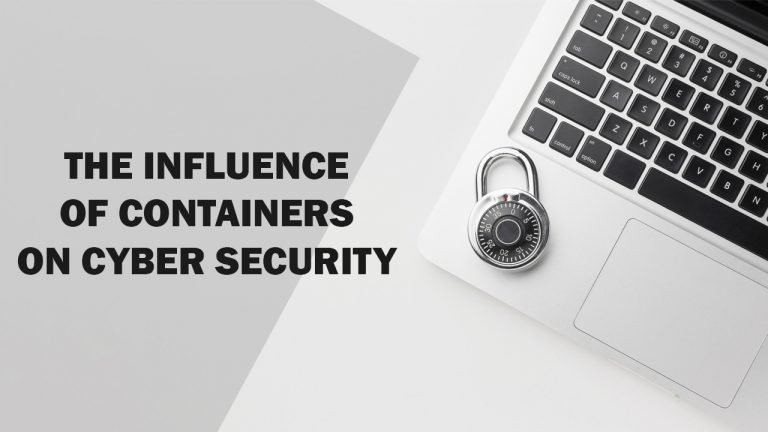
A growing number of companies and businesses are adopting the use of containers. With so much happening in the cloud and companies wanting to scale their processes, containers are the perfect solution to roll out valid code quickly. When using containers with the cloud, application developers can shorten the time it takes to develop apps, while also requiring minimal storage resources. Since they are so portable, containers are essential for businesses moving towards a multi-cloud environment. The critical question is, how do you keep containers secure?
What is container security?
Before we can get into the details, we need to answer the question: What is container security? Container security refers to using security processes and tools to maintain your container’s proper function and protection. It includes protecting the software supply chain, infrastructure, run time, etc. Keeping containers secure is a never-ending process and should use automation wherever possible to reduce the manual resources required. Additionally, container security should be a part of the maintenance of the underlying infrastructure. Since your containers will continue to grow in size, consistent container security is essential to reduce your application layers’ vulnerabilities.
What are the main security concerns within containers?
When considering the cybersecurity of containers, there are a few main security concerns to look out for. These aren’t limited just to the container, but everything that is within it. It includes the security of the container host, applications within it, malicious behavior in the applications, the security of your applications, network traffic, and your build pipelines’ integrity. By continuously assessing all these areas, you can help keep your containers secure and reduce cyberattack risks. If a cybercriminal gains access to your container, they can access all the applications and data within it, which can be detrimental to your company and clients.
The primary forms of cyberattacks on containers
The primary forms of cyberattacks on containers are similar to those present in applications and operating systems. That is because they have the same vulnerabilities in general, which cybercriminals will aim to target. You can break them down into four main categories:
- API server access
Protecting access to the API server is one of the most critical practices for container cybersecurity. Since it’s a front-end access point, anyone who can access the API server has access to everything. The API server’s configuration grants permissions only to applications with a particular set of credentials, but those credentials are easy to fake. Thorough authorization practices are essential to help protect the API server.
- Configuration failures
Configuration failures can cause containers to be left unsecured, opening the door for cybercriminals to come right in. When it comes to access and authorization, developers must pay extreme attention when configuring the system and completely locked down. Full authorization is necessary to get into your systems, meaning that unauthorized hackers will have a more challenging time breaking in. Developers must also stay up to date with the newest security patches to reconfigure the security systems accordingly.
- Image vulnerabilities
Images are the building blocks of containers. If a cybercriminal poisons your images with malware, then your entire container will become infected. Hackers are now using more advanced technology to corrupt images and hide their presence by compromising your monitoring software. To mitigate these risks, it’s essential that you can both detect and manage any image changes within the containers, so you’re aware of any suspicious activity.
- Inter-container virus spreading
All containers communicate with each other via an encrypted link. If a cybercriminal manages to infiltrate one container, they can spread malware through the encrypted link and into another container.
How to handle container cybersecurity
Keeping all the above vulnerabilities in mind, business owners need to meet with developers to discuss and review current cybersecurity practices. It would be best to go through each stage of software development, from planning to deployment and continued management, to identify how you will strengthen your security. You can also discuss which tools would be most useful to invest in based on your specific business needs.
Containers are valuable to development companies, but there are security risks involved. By understanding where there are vulnerabilities and the most common cybersecurity threats, you can ensure the adequate security methods are in place to mitigate the risks.
